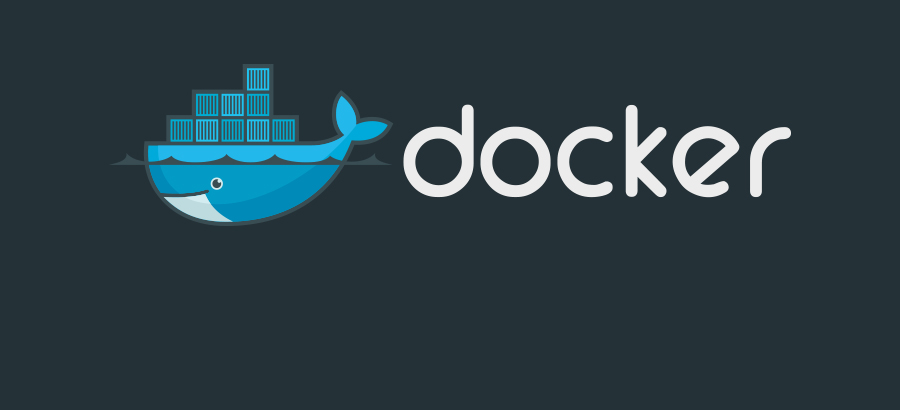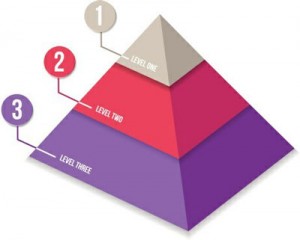- Advertising
- Bare Metal
- Bare Metal Cloud
- Benchmarks
- Big Data Benchmarks
- Big Data Experts Interviews
- Big Data Technologies
- Big Data Use Cases
- Big Data Week
- Cloud
- Data Lake as a Service
- Databases
- Dedicated Servers
- Disaster Recovery
- Features
- Fun
- GoTech World
- Hadoop
- Healthcare
- Industry Standards
- Insurance
- Linux
- News
- NoSQL
- Online Retail
- People of Bigstep
- Performance for Big Data Apps
- Press
- Press Corner
- Security
- Tech Trends
- Tutorial
- What is Big Data
Docker Best Practices

Lean, uncomplicated, standardized, easily manageable: that’s the essence of Docker containerization. Using best practices assures that all of the benefits of Docker containerization are fully realized and you’re making full use of this powerful tool. Here are the Docker best practices that will help you make the best of the lean, mean Docker containerization that has become so popular among developers.
Make Use of Trusted Builds

The Trusted Builds feature allows you to simplify and share repositories. The key is to do all your development and testing locally before pushing it. If you build locally and test locally, it will perform the same way when it is pushed somewhere else.
Keep Layers to a Minimum

Limited offer! Try 14 days of Docker on Full Metal for free - limited to 100 applicants. Start here.
Avoid unnecessary layers. The trick is to find a good balance between readability and the lowest number of layers possible. Only add additional layers when there is a strategic reason for doing so.
Use Only One Container Per Process
Decouple applications into separate containers—one for each process. This makes horizontal scaling easier and allows you to recycle containers. To handle services that are dependent on each other, use the container linking feature instead of housing them in the same Docker container.
Don’t Install Unnecessary Packages
Avoid installing unnecessary packages. This reduces the file size, lessens the complexity of dependencies, and cuts down on build times. For example, there isn’t any need to include a text editor in a database image; it’s just a waste of resources. Eliminate the excess whenever and however possible.
Take Advantage of DockerIgnore
DockerIgnore is a handy way to exclude unnecessary files and directories from the build context and final image. This feature allows for speedier and more efficient load times and saves many megabytes of wasted upload time.
Build Containers That Are Easy to Replace
Containers should be ephemeral. That is, containers should be designed so that stopping and deleting them and replacing them with another should require only minimal setup and configuration. Think in terms of easy disposability when building Docker containers.
Be Specific About Tags
Docker Build will generate a tag that is easily read by people. This helps you manage the images more easily later. Use the -t option for the Docker Build feature.
The bottom line: Docker containerization best practices are all about keeping it simple and clean. Avoid any practices that unnecessarily bloat the process. Think in terms of leanness, and Docker will reward you with flexibility, quicker load times, and greater usability.
For technology decision makers, Bigstep is the brand of cloud hosting provider that offers the highest-performance public cloud in the world. The full metal cloud is the most powerful, fastest, and most affordable way to leverage big data in the cloud. The full metal cloud is not virtualized and does not use a hypervisor. This frees the available computing power for the applications running on the server. Find out how Bigstep clients get all of the flexibility and power of the cloud with greater performance and lower costs by visiting the Bigstep website today.
Leave a Reply
Your email address will not be published.